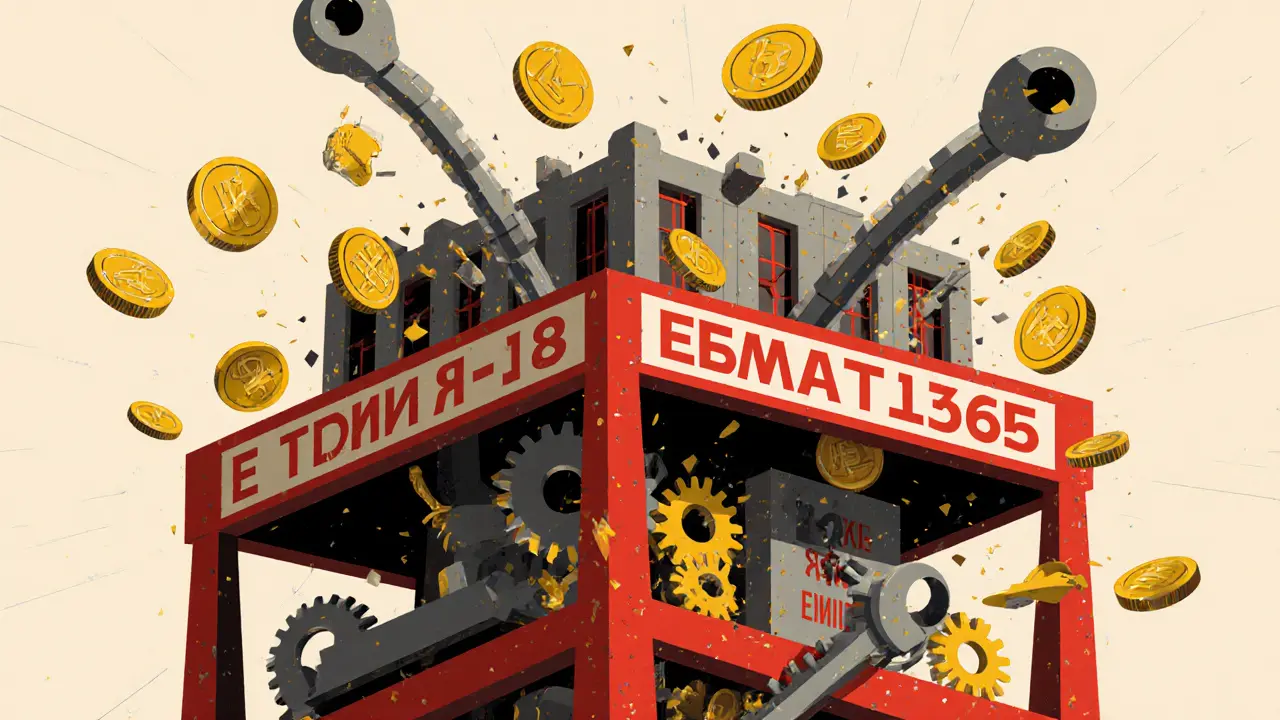
ERC-1155 is a single Ethereum standard that lets you manage fungible tokens, NFTs, and semi-fungible assets in one contract. It slashes gas fees with batch transfers and powers most blockchain games today.
When you think of tokens on Ethereum, you probably think of ERC-20, a single-token standard for fungible assets like coins or utility tokens or ERC-721, a standard for unique, non-fungible tokens like digital art or collectibles. But what if one smart contract could handle both at the same time? That’s where the multi-token standard, a flexible protocol that supports multiple token types in a single contract comes in. It’s not just a technical upgrade—it’s a game-changer for how apps build economies on blockchain.
The most common multi-token standard is ERC-1155, a smart contract standard that lets developers create and manage multiple token types—including fungible, non-fungible, and semi-fungible—in one place. Before ERC-1155, every new token type needed its own contract. That meant more code, higher gas fees, and more room for bugs. With ERC-1155, you can issue 100 different items in one transaction. Think of a game where you have currency, weapons, skins, and rare items—all managed by one contract. That’s not just efficient. It’s practical.
This matters because real-world applications don’t work with just one kind of token. A marketplace needs payment tokens, ownership tokens, and reward tokens. A DeFi platform might need staking tokens, governance tokens, and liquidity tokens. The multi-token standard lets all of them coexist without bloating the network. Projects like Enjin, Splinterlands, and even major NFT marketplaces have moved to ERC-1155 because it cuts costs and simplifies user experience. You don’t need to approve separate contracts for every item you buy. You just trade.
It’s not perfect. Some older wallets and tools still struggle with multi-token contracts. And not every project needs it—if you’re just launching a simple coin, ERC-20 is still fine. But if you’re building something complex—a game, a platform, a digital ecosystem—then the multi-token standard isn’t optional. It’s the backbone. The posts below show how this plays out in real projects: from tokens powering gaming economies to new DeFi structures that rely on bundled asset types. You’ll see why some tokens succeed by being simple, and why others win by being smart about how they bundle value.

ERC-1155 is a single Ethereum standard that lets you manage fungible tokens, NFTs, and semi-fungible assets in one contract. It slashes gas fees with batch transfers and powers most blockchain games today.